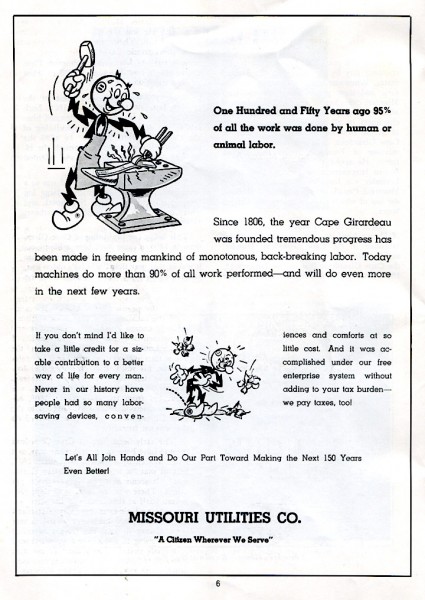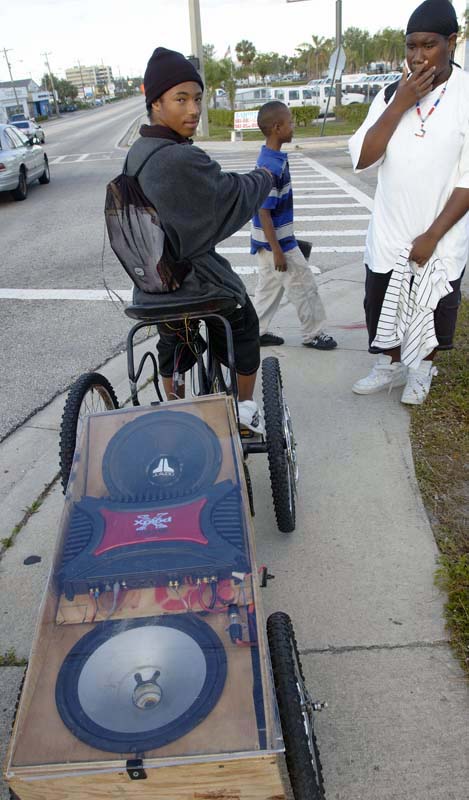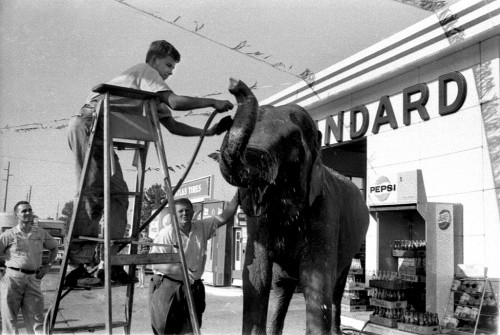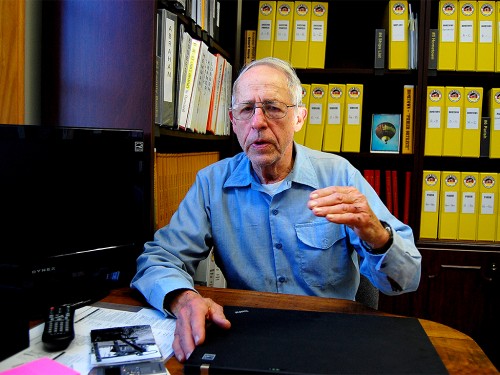Wife Lila and two of her friends are coming back home Saturday night after taking a cruise in Alaska. That means I’m scurrying around like a teenager who threw a keg party while his parents were gone. The place pretty much passes the sniff test (or my sense of smell has gone dead).
This trip left me in unusual circumstances. Normally she takes my level of domestic skills into consideration before she leaves town and makes sure that the laundry is in a U+4 status. (That means four pairs of underwear more than the anticipated days she’ll be on the road).
Abandoned in U-3 status
She had a lot of last-minute tasks to take care of, so she left me in a U-3 status. Faced with either turning the articles of clothing inside out to bridge the gap or going out and buying more, I tackled the washing machine. It didn’t belch suds, my white underwear is the same color as when it went in (I remembered to add the fabric softener, too) and the smoke alarm didn’t go off. An even number of socks came out. That must mean that I either didn’t lose a sock or the sock monster coughed up a spare.
The fridge was pretty barren of leftovers, too. I thawed out a bag of frozen homemade chili for a couple of meals and there was enough cheese and lunch meat around to carry me for a few more. In the end, though, I had to reach for my cookbook: a stack of takeout menus under the kitchen telephone.
Dishes are overrated
Dishes are highly overrated. Food tastes just as good off a paper plate and you don’t have to wash it. OJ tastes a lot better straight from the bottle.
In the end, though, I had to fire up the dishwasher for coffee cups, eating utensils and the like. The experience went much better than the first time I did it when the kids were little. I got everything loaded, put in the detergent and went into the living room where we had the computer set up.
All of a sudden, I heard the kids screaming “Daddy! Daddy!” and turned to see them running from a wall of suds only slightly ahead of a thoroughly traumatized cat. Who KNEW that all soaps weren’t made alike? Well, at least the kitchen cabinets were clean up to about waist level.
It’ll be good to have her back home. I’m just waiting to hear what I did wrong.
[The Missouri Utilities ad came from the 1956 Sesquicentennial book.]








